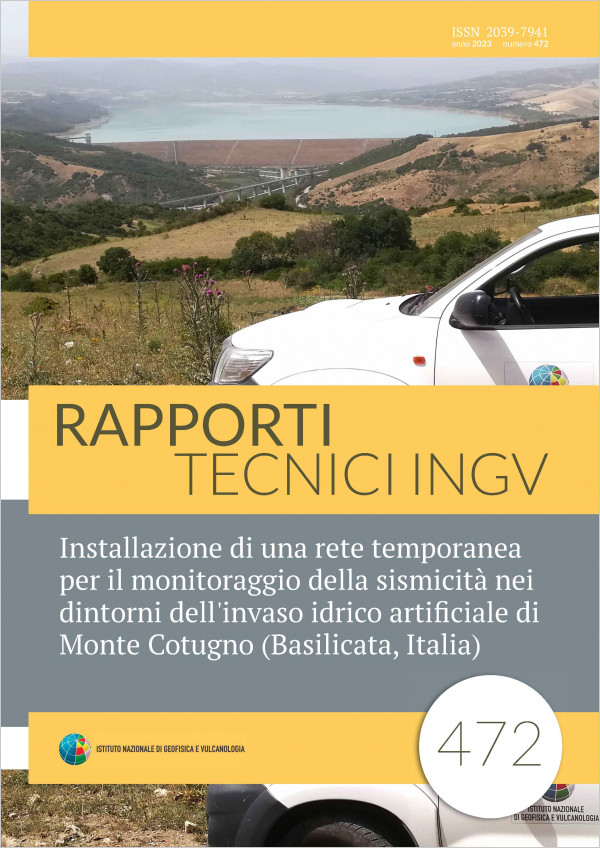This technical report describes the details of the installation of a temporary network around the Monte Cotugno dam (Basilicata) and shows the results of the first analyses carried out on the acquired signals.
This experiment, which took place between June 2021 and June 2022, has been performed by installing 6 temporary stations which have been integrated with local permanent stations from the national network. It is part of the activities aimed at researching new cases of seismicity in Italy with a possible anthropogenic cause (such as, for example, seismicity stimulated by reservoirs, exploitation of geothermal resources, extraction or injection of fluids into the crust, etc.). The objective is to record micro-seismicity around sites with human activity that may have the potential to stimulate such events, and to compare the recorded data with possible anthropogenic causes. In this way, in cases where it is possible to detect some indication of a possible correlation between seismicity and human activity, it will be possible to propose new episodes of potentially induced seismicity to be integrated into the EPISODES platform of the TCS AH of the EPOS (European Plate Observing System) research infrastructure. We selected the artificial basin of Monte Cotugno for three reasons: 1) it is the reservoir associated with the largest clay dam in Europe and presents large seasonal and multi-year variations in level of water, 2) in this area the national seismic network has a very limited coverage, therefore it was necessary to increase it in order to record low-magnitude events possibly induced by the reservoir, 3) the area presents a moderate seismic hazard.
Published: 2023-09-11

